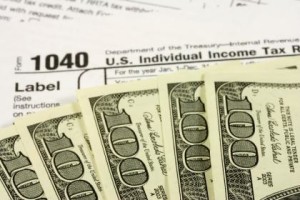Beyond being thankful for meaningful work and earning a steady paycheck, I’m eternally greatful for the “invention” of Flex Fridays. Getting every other Friday off makes getting up early and putting in long days totally worth it, especially when for the most part our kids remain in child care. Now we’ve got a double bonus, since Hubby was just approved for a Flex schedule (after six months!). And no, I’m not lounging around in a hammock, but this image does make me smile even if it is a fantasy.
Now how does our work schedule relate to family finances? On top of fewer miles to commute/pollute, there are plenty of financial implications regarding your work schedule:
- Time to run errands = more time for family fun
- Time to exercise = better health and wellness. fewer sick days
- Time together as a couple = paying for a babysitter less often
- Time for extended holiday weekends = fewer vacation leave used
- Time to do house cleaning = not needing to hire a maid
-
Time to do laundry = constant chore made a bit easier
All this time is valuable for busy working parents, and there’s a movement afoot to shift our entire culture toward flexible scheduling. MomsRising, my favorite moms activism group, has flexible work as a top priority on their policy agenda. I couldn’t agree more and 89% of employees think that flextime or telecommuting are an important factor in evaluating a prospective position (LifeMeetsWork).
I know that in the scope of history, we have things pretty good, but I truly believe that flex schedules are the next wave of labor policy. It’s really essential for productivity both at work and home. If you think there’s a chance your employer might be receptive, there are some good tips to requesting a a flexible schedule.
Do you have a flexible schedule?
How does it help your family and your finances?
~*~*~*~*~*~
Sustainable Family Finances
The story of a family creating an abundant and sustainable life.





